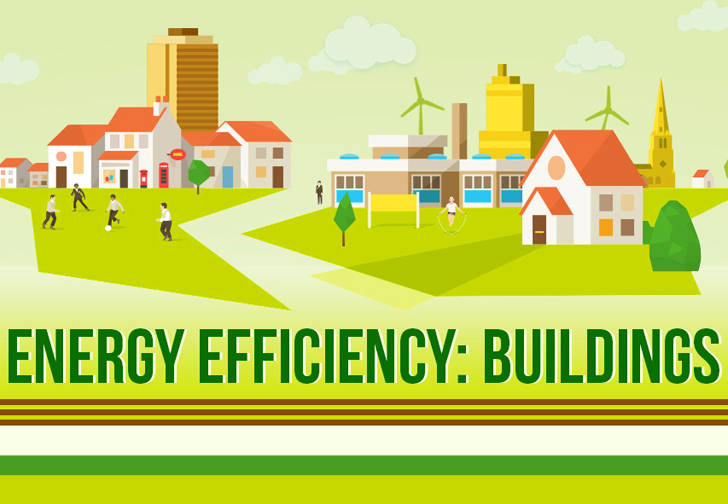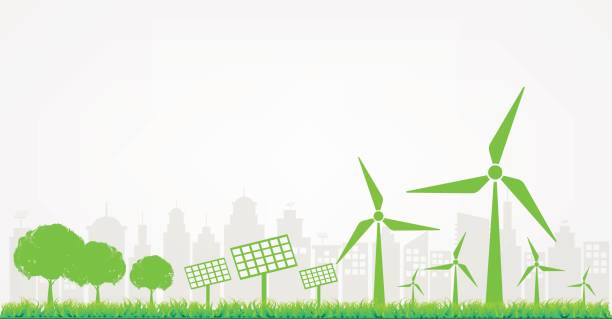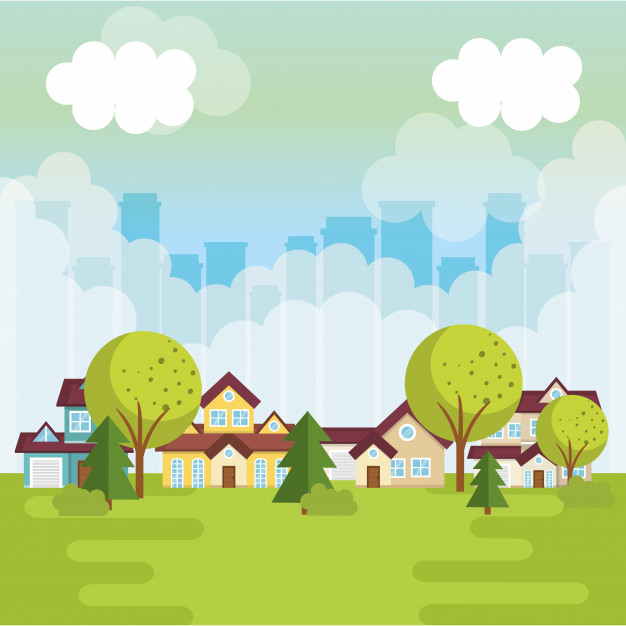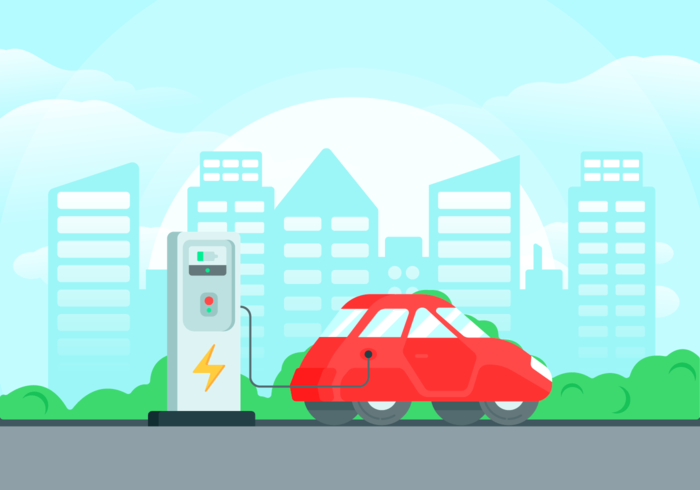Following 361’s successful Climate Action Planning workshop, attended by 40 local and district councilors from across North Devon, we wanted to make available the best practise assets and workbooks that have been created and tested to help Parish Councils and climate change groups to create an effective and scientific outcome based Climate Action Plan in response to Climate Emergency Declarations.
Just follow the seven steps below with your council or community!
Step 1: Download The 361 Climate Action Plan Workbook

Step 2: Carbon footprint and the adaptation journey to Net Zero
The aim is to set interim and measurable targets for your council to achieve net zero greenhouse reductions and meet nature restoration goals.
- Understand and set the utility baseline for each building / service.
- Set a method to monitor the use of all natural resources.
- Build a ‘Green Team’ of sustainability ambassadors across each Parish.
- Align all our council statutory and non- statutory plans, policies and guidance with respective carbon reduction pathways and nature restoration plan, including procurement.
- Respond to the call for evidence from the Devon Carbon Task Force with elements of your action plans that are most effective.
- Create a virtual committee of representatives from Parish to continue joined up communication on the action planning, share information and set a review point for the milestone tracking on actions.
Step 3: Green Spaces, Farming and Waste
The aim is to set interim and measurable targets for your council to achieve net zero greenhouse reductions and meet nature restoration goals.
- Use legal and planning mechanisms such as Section 106 agreements, Community Infrastructure Levy and other mechanisms to fund climate actions and nature restoration projects.
- Double tree cover on council-owned land, update local planning strategies to double tree cover across the Local Authority area, and ensure existing trees are properly protected in order to store carbon, support nature, improve soils and water quality, and aid flood protection and urban design.
- Protect existing local green spaces, green belt and locally designated nature sites.
- Manage council-owned land and road verges to increase biodiversityand drawdown carbon pollution, including stopping council pesticide use, allowing verges to seed by having just two cuts very early and late in summer, and planting or seeding only native wildflowers
- Council farms should be encouraged to farm as organically as possible and to adopt new innovative farming technologies for improvements to soil health, no till strategies, and not use glyphosate which has now been banned in many countries, damages soil and watercourses.
- Establish a community woodland, and encourage ‘forest school’ days for primary pupils to get out of the classroom, get fresh air and exercise, and reconnect with nature. This could also be used as a resource for green prescriptions.
- Adopt circular economy waste policies in relevant plans and contracts.
- Promote community sharing and reuse.
- Ban the use of single-use plastic in council offices and premises at council run events.
- Use the event licensing process to require events held in the area to be single-use plastic free
- Establish a Plastic free community group/few volunteers for your community.


Step 4: Building Energy Efficiency
The aim is to set interim and measurable targets for your council to achieve net zero greenhouse reductions and meet nature restoration goals.
- Require higher standards than current national standards for privately built new homes.
- Implement licensing of the private rented sector to cover enforcement costs of minimum energy efficiency standards.
- Reduce energy used by the council in its own estate
- Enforce building standards (using community volunteers for site checks – as in Teignbridge).
- Retrofit council owned properties with high level insulation
- Sign post homeowners requesting energy efficiency advice to 361 Community Energy.
Step 5: Renewable Energy
The aim is to set interim and measurable targets for your council to achieve net zero greenhouse reductions and meet nature restoration goals.
- Identify areas suitable for a range of community owned renewable energy solutions in the local plan and neighbourhood plans. E.g solar, wind, hydro & renewable heat.
- Switch street lighting to well-designed and well directed LED lights.
- Support the development of renewable energy and energy storage.
- Divest from fossil fuels and invest in renewable energy projects.
- Require the integration of renewable energy such as solar thermal, PV or heat pumps in council developments and, as much as possible, within private sector developments.
- Adopt behaviour change policies to encourage flexible power consumption that will enable efficient use of the power network.
- Support local energy markets to supply local low carbon power to communities.
- Support community bulk buying green energy schemes.


Step 6: Neighbourhood Planning
The aim is to set interim and measurable targets for your council to achieve net zero greenhouse reductions and meet nature restoration goals.
- Require homes built on council land to be extremely energy efficient, using Passivhaus standard or similar.
- Develop a heating and energy efficiency strategy for the area
- Restrict new building to genuine brownfield sites, and use independent assessors for any site classified as ‘Net Gain’ in environmental improvement.
- Only support building applications where the proportion of low-cost rental, part ownership with Community Land Trust, and affordable local needs housing, is 50% or higher on all sites.
- Only support commercial building applications where all tarmac car parking areas (including supermarket and factory car parks) are shaded by raised canopy PV panels, and where EV charging points are supplied as standard. This applies to any application to extend or refurbish existing sites, or for instance in converting agricultural buildings to domestic use.
Step 7: Transportation
The aim is to set interim and measurable targets for your council to achieve net zero greenhouse reductions and meet nature restoration goals.
- Enable the rapid shift to electric vehicles by installing Electric Vehicle (EV) charging points.
- Reduce car use through measures such as promoting car-sharing, re-regulating bus services and constraining road space
- Deliver a rapid transition of the council’s own fleet to electric.
- Prioritise transport investment into cycling, walking and public transport infrastructure.
- Support and encourage car sharing schemes wherever possible.
- Support park and ride facilities particularly for Ilfracombe and Braunton.
- Support better connectivity to national rail network in Tiverton i.e a fast bus service.

